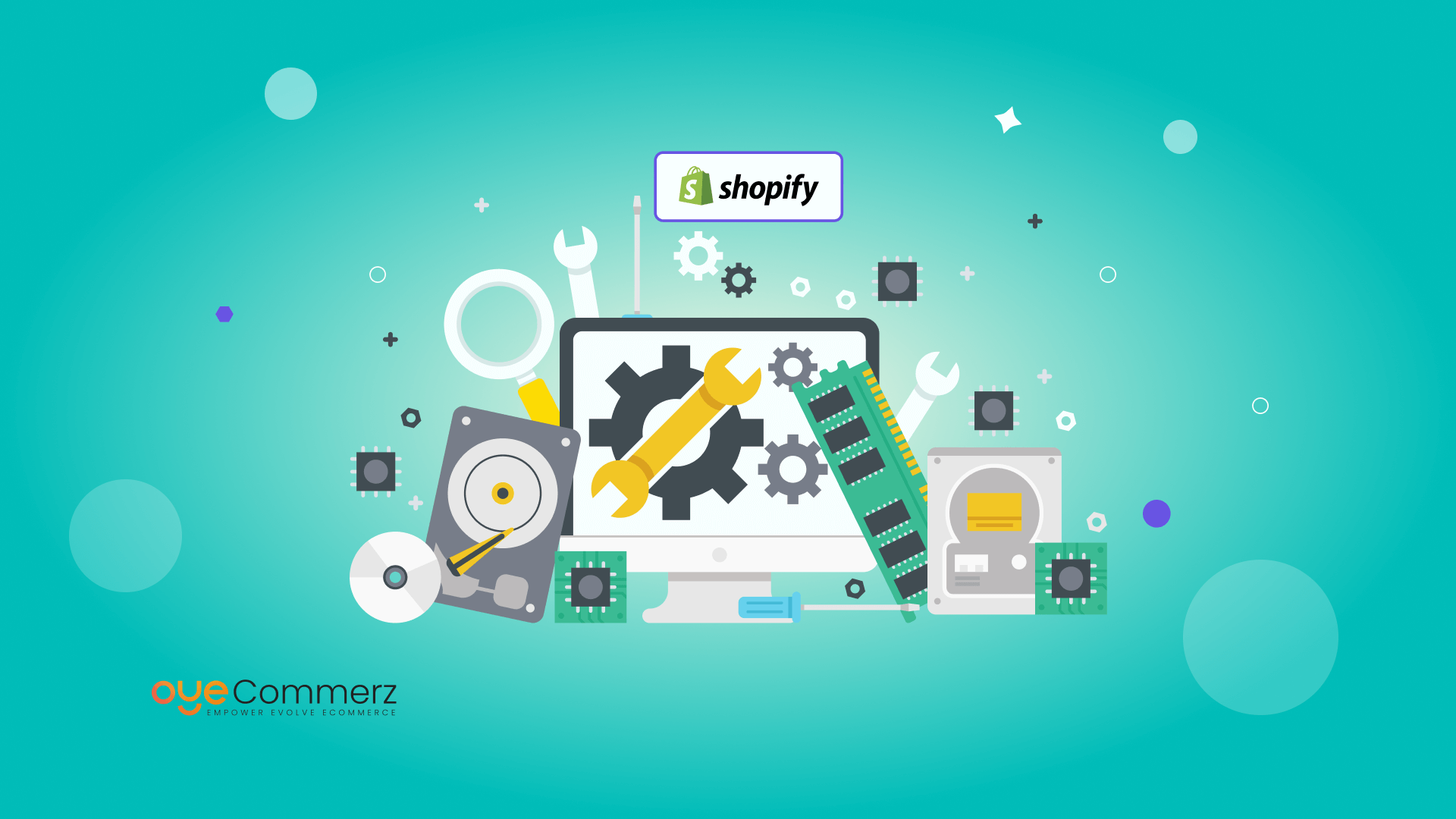
Starting Point
In the current intense e-commerce environment, Shopify store owners are always looking for methods to increase sales and streamline their business processes. An impactful solution is through custom Shopify apps designed to fulfill unique business needs. Connecting with the Shopify API and utilizing resources like the Polaris design system, these apps equip organizations to expand effectively while enhancing customer engagement. In this post, we’ll discuss key aspects of Shopify app development, from design considerations and essential features to recommended strategies for supporting and scaling apps effectively.
1. Grasping Shopify API Linkage
A solid understanding of Shopify’s API—both Representational State Transfer and Graph Query Language—is key for creating robust Shopify apps. With these interfaces, developers can retrieve, change, and administer information within a Shopify shop. The GraphQL API enables optimized data handling, enabling faster outputs by retrieving only the necessary information. Integrating the API permits developers to adapt app features to the company’s specific requirements, offering a smooth user experience that boosts business productivity and revenue.
2. Leveraging the Shopify’s Polaris framework
Shopify’s design system assists app creators to create a consistent and user-friendly interface across Shopify apps. Polaris offers a range of building blocks and best practices that complement Shopify’s design language, creating apps appear native within the Shopify interface. This method goes beyond aids intuitive customer touchpoints but also aids maintain branding uniformity, an essential aspect in building confidence with customers.
3. Building within the Shopify Marketplace
The Shopify app ecosystem is vast, enabling app creators to build embedded Shopify applications that operate inside a store's admin panel. Integrated applications optimize the customer journey by integrating smoothly within Shopify’s interface, eliminating the necessity for distinct sign-ins or further browsing. For creators, leveraging Node.js for backend tasks and React for the UI has grown into a preferred choice, as these frameworks enable expandable, user-friendly apps that offer an high-quality UX.
4. Core Features for Shopify Apps
A effective Shopify app requires functionalities that address critical pain points in the customer shopping experience. Real-time alerts for instant updates, personalized layout customization options, and cross-channel commerce capabilities are vital additions that can enhance store management and customer experience. By implementing these components, Shopify applications not only streamline in-house tasks but also boost the overall digital shopping experience customer experience.
5. Effective Approaches for App Development
When developing Shopify apps, it’s essential to follow industry best practices. App maintenance strategies such as frequent patches, client help, and protection protocols are critical for building consumer confidence. Digital marketing for Shopify applications can also be used to enhance app reach and downloads. Interaction boosters, like push notifications and loyalty programs, are essential for retaining users and building a dedicated customer base.
6. Expanding Shopify Apps for Success
As Shopify stores expand, expanding app capabilities becomes critical to manage higher user loads and feature requests. Adopting cloud-based setups and prioritizing data management through GraphQL can help apps grow without lagging. It’s equally important to have a plan for scaling the app’s backend systems to manage growth, that involves a checklist for choosing a technical team with experience in Shopify applications.
7. Understanding the Investment of Building Shopify Apps
Building personalized Shopify apps can differ widely in cost depending on the capabilities, linkages, and customization required. Essential features like API integrations, user interaction elements, and promotional features can add to the investment. However, the profit potential is often beneficial, as these applications can immediately enhance profits and optimize business processes.
8. App Maintenance Strategies
Keeping apps updated is just as crucial as initially building it. Frequent patches to address issues, enhance protection, and maintain integration with the current Shopify framework are essential. Proactive app maintenance strategies also involve customer support and feature enhancements that match evolving e-commerce trends.
9. Tools for Creating Shopify Applications
Shopify provides multiple options to streamline the creation workflow, from coding environments like JavaScript runtime and React to Webhooks for instant alerts. Tools like Shopify’s CLI simplify the development workflow, while Shopify App Bridge Shopify customization options allows integrated applications to interact seamlessly with Shopify’s management dashboard. Such tools are key for building applications that are both effective and user-friendly.
10. Emerging Trends in Shopify App Creation
The future of Shopify app creation is exciting, with trends moving towards AI-powered features, enhanced omnichannel capabilities, and advanced plugin features. As digital retail develops further, app creators will have to keep up with these trends to develop solutions that not only satisfy but exceed customer needs.
Final Thoughts
Custom Shopify apps provide a strategic way for online stores to expand with ease, boost sales, and enhance workflows. From connecting with data interfaces and the Polaris design system to core elements and support methods, each aspect of Shopify app creation plays a crucial role in providing a user-friendly interaction for shoppers. As Shopify continues to innovate, anticipating upcoming innovations in app development will help organizations maximize Shopify’s extensive platform, strengthening their standing in the e-commerce market.